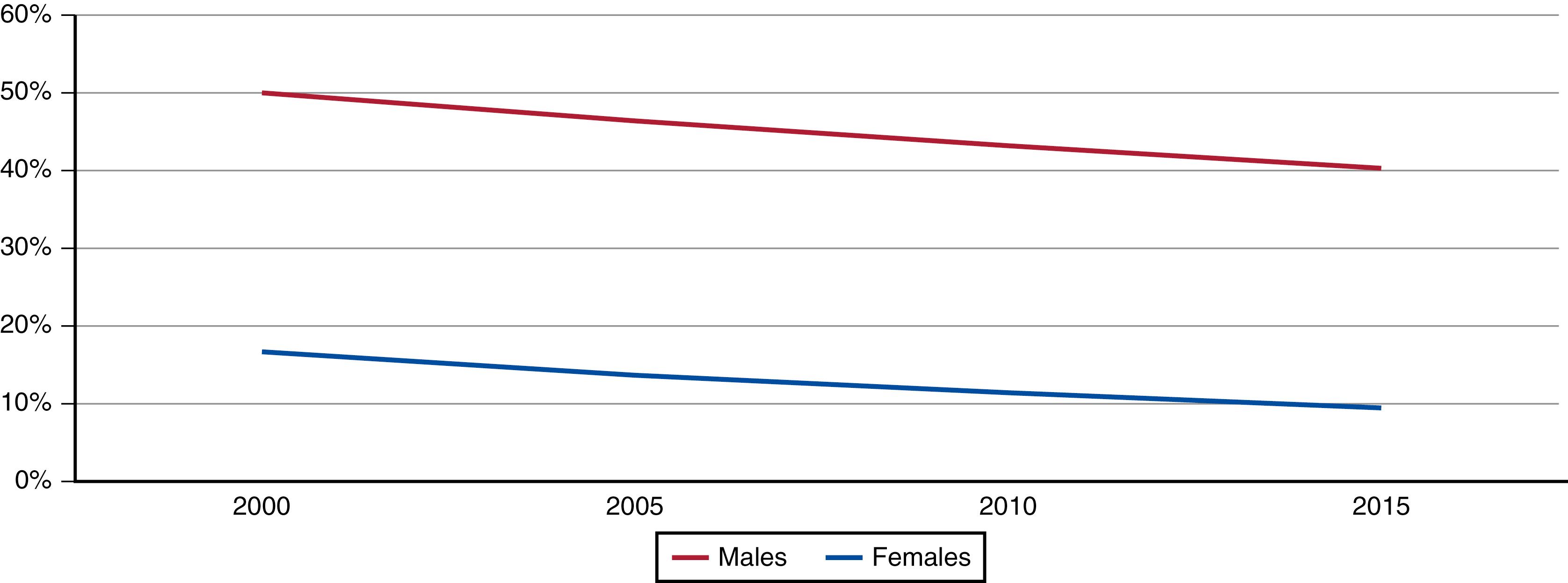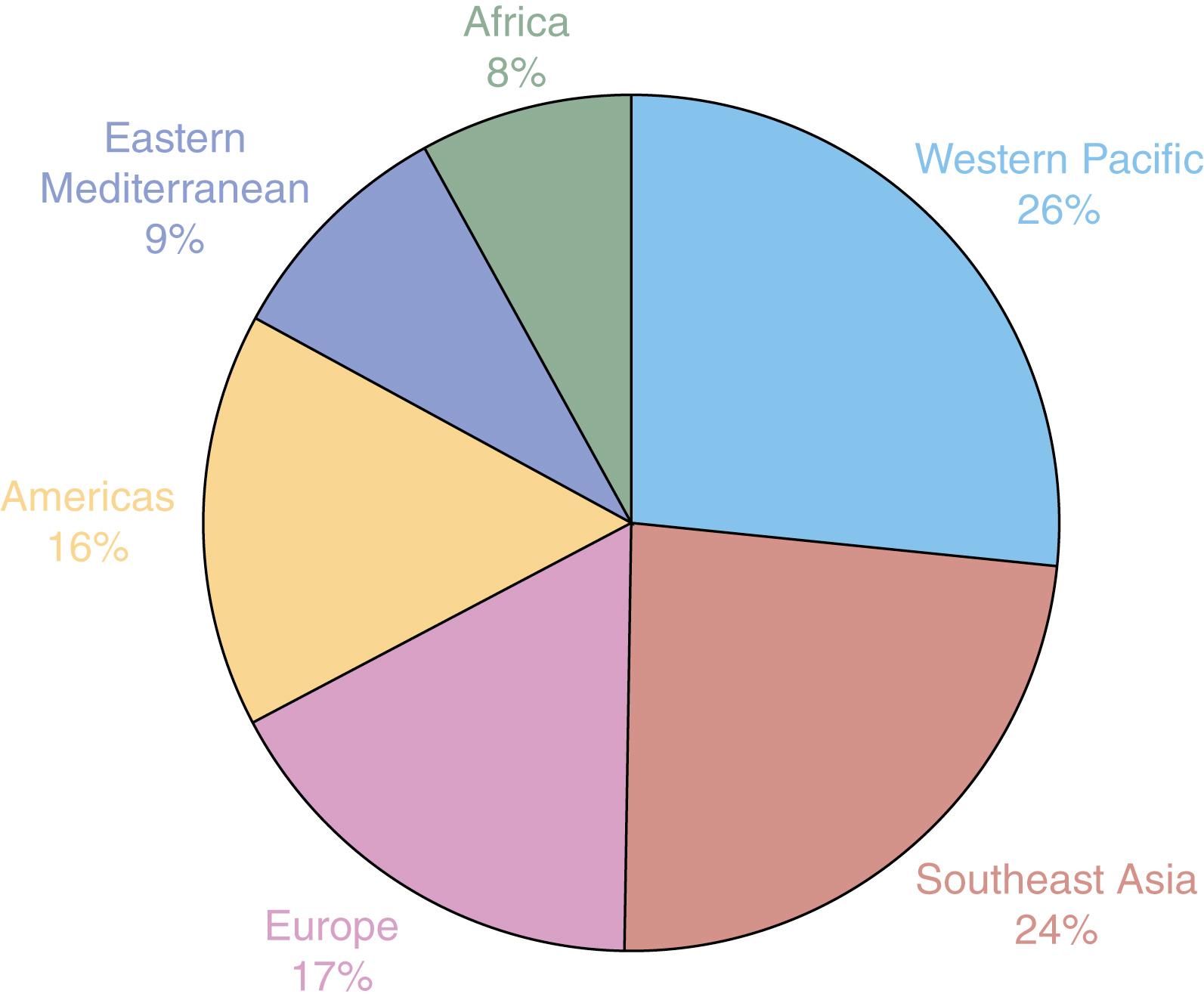Physical Address
304 North Cardinal St.
Dorchester Center, MA 02124
The 21st century has ushered in a number of changes in the distribution of vascular disease worldwide, primarily due to demographic changes and trends in atherosclerotic risk factors. These global trends require concerted efforts at the patient, provider, and public health level to adequately care for the increasing burden of vascular disease worldwide. Similarly, significant advancements in the understanding of ethnic differences in the epidemiology of vascular disease, delivery of care, and outcomes of treatment modalities have also been made in the past decade. The disparities identified have prompted the development of a number of strategies to improve the care of the diverse population of patients with vascular disease.
Globally, atherosclerosis is a leading cause of vascular disease, including ischemic heart disease (IHD), ischemic stroke, and peripheral arterial disease (PAD). Based on large-scale population-based studies, there is an increased burden of disease resulting primarily from the increasing trends of risk factors of atherosclerosis, primarily smoking and diabetes. A multifaceted approach including environmental and legislative interventions for health promotion, primary intervention, and access to affordable evidence-based evaluation and treatment of major risk factors is required to combat the growing burden of vascular disease worldwide.
There are currently more than 1 billion smokers worldwide. Fortunately, the global prevalence of daily tobacco use has declined over the past 30 years but varies by gender and region ( Fig. 17.1 ). Men smoke more than women in all regions, with the largest disparity between the genders in the Western Pacific region and lowest in the European region. The highest smoking prevalence is in Southeast Asia, with nearly 50% daily tobacco use, followed by the European region, the Western Pacific (including China), the Eastern Mediterranean region, the Americas, and Africa. The last quarter of the 20th century saw an increase in smoking in a number of developing regions, including parts of Latin America, the Eastern Mediterranean, and Southeast Asia. As a result of global public health efforts initiated at the turn of the century, there was a worldwide trend toward decreased prevalence of tobacco use in the first two decades of the 21st century, from one-third of the global population using tobacco in 2000 to one-fourth by 2020. These trends toward tobacco abstinence are demonstrated in males and females, and across all global regions, with the greatest reduction in tobacco use in the last two decades seen in Southeast Asia, particularly among females in that region.

More than 8 million people die from tobacco use and exposure each year. Smoking is estimated to cause nearly 10% of cardiovascular deaths worldwide. The highest proportion of cardiovascular deaths attributed to smoking is observed in North America (22%), Eastern Europe (17%), Western Europe (13%), and Southeast Asia (10%). Based on gender, the effects on men have demonstrated a relative risk of 1.6 for IHD mortality and 1.6 for stroke mortality among current smokers compared with never-smokers. Among women, current smokers were found to have 3 times the risk of mortality from IHD, 3 times increased risk of stroke mortality, and 6 times increased risk of death from aortic aneurysm compared with never-smokers. Looking forward, it is expected that the countries with both the highest smoking prevalence rates and high consumption rates (>20 cigarettes per day) will likely face the greatest health consequences among current smokers: China, Greece, Ireland, Italy, Japan, Kuwait, Korea, Philippines, Uruguay, Switzerland, and Russia.
The global epidemic of diabetes is expanding as rapidly growing populations, particularly in India and China, adopt Western lifestyles. These studies projected that the number of adults worldwide with diabetes will more than double from 2000 to 2030 due to the combined forces of improved survival from communicable diseases, abundance of food, and less physically demanding lifestyles. The International Diabetes Federation estimates that globally 415 million people had diabetes in 2015, and this figure is expected to rise to 642 million by 2040. By 2017 an estimated 10% of adults older than 25 years were living with diabetes worldwide, with the highest prevalence in the Eastern Mediterranean and Americas regions and lowest in Africa and the Western Pacific Regions ( Fig. 17.2 ). Population growth and aging alone accounted for 70% of the 198 million new cases of diabetes between 1980 and 2008. In the next few decades, the regions that are projected to experience the highest growth rates in the number of persons with diabetes are the Eastern Mediterranean and Africa regions. In 2017 alone, nearly 1.4 million deaths were attributed to diabetes globally. Large-scale meta-analysis of prospective observational studies quantified that diabetes mellitus increases vascular mortality rates by a factor of 2. Therefore these regions with the greatest increase in diabetes prevalence can also anticipate an associated increase in vascular morbidity with its associated costs as the population ages.

IHD has a worldwide prevalence of 5%–8%. Globally, the age-standardized incidence of acute myocardial infarction (AMI) and prevalence of angina and ischemic heart failure decreased from 1990 to 2010. Regionally, the greatest decline in age-standardized incidence of AMI during this period was observed in Australasia, Western and Central Europe, and North America high-income regions. However, Eastern Europe was noted to go against the trend of worldwide decline in age-standardized incidence of AMI, demonstrating an increased incidence of 62 per 100,000 in males and 17 per 100,000 in females during this time period.
IHD is the leading cause of death from noncommunicable diseases worldwide. In 2017 the highest mortality rates from IHD were reported for Eastern Europe (including Russia) and Central Europe, with these regions demonstrating more than 10 times the mortality rate observed in the regions with the lowest rates: Eastern and Western Sub-Saharan Africa. In the last decade the Eastern European region has seen a reversal of the trend of increased IHD mortality, with a steadily decreasing mortality rate from IHD despite increasing prevalence rate over the same time period, attributable to improvements in treatment.
Become a Clinical Tree membership for Full access and enjoy Unlimited articles
If you are a member. Log in here